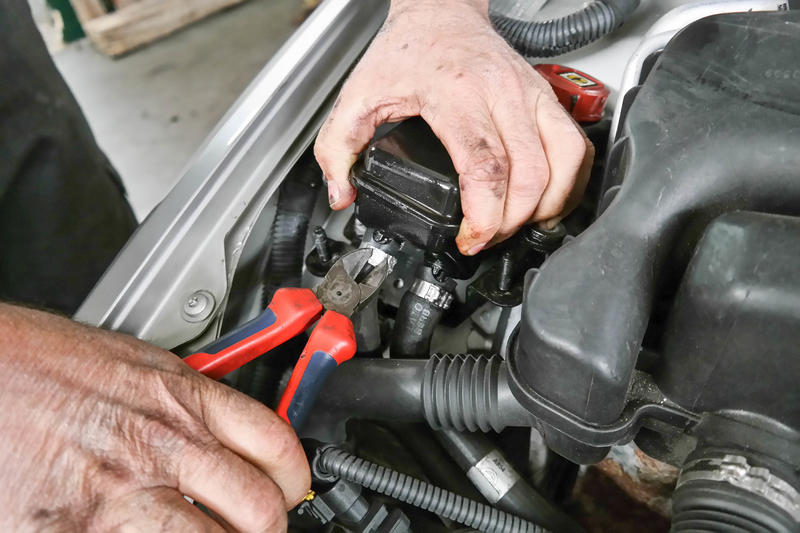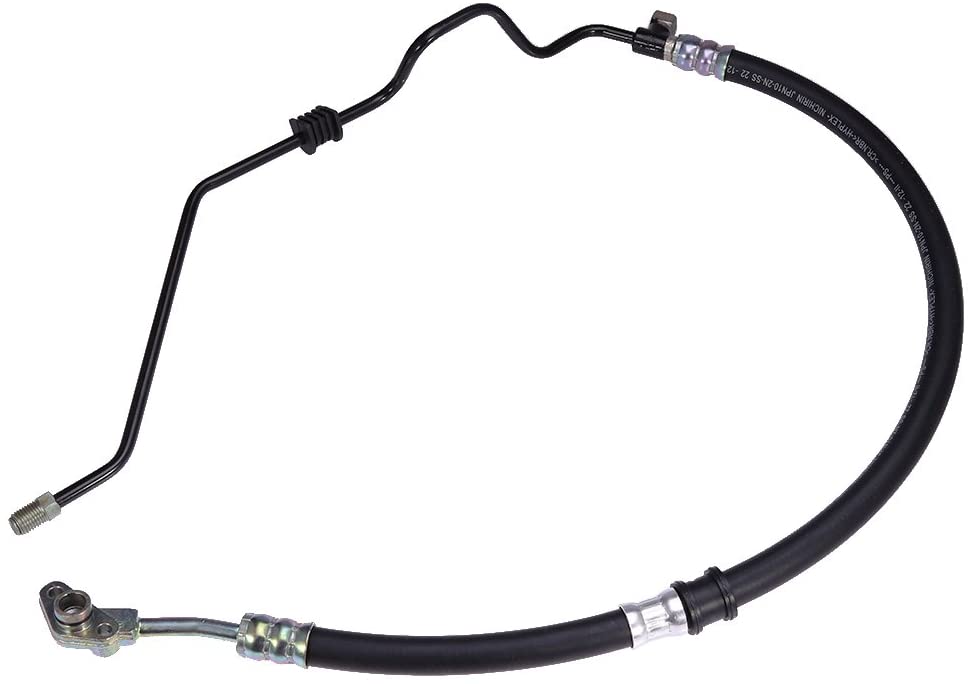Using a high-pressure power steering hose in your car is almost indispensable. It is what makes it possible for your vehicle to pass through narrow turns and corners smoothly.
But do you know how this power steering hose works?
Primarily, the hose contains a steering fluid that is responsible for the whole steering mechanism. The steering hose pumps the pressurized fluid through a steering box into a compartment. This steering fluid allows you to maneuver the car as seamlessly as possible.
That is generally how the process works. However, things don’t always go as smoothly. Often, the steering hose gets a leakage problem and affects the performance of your car. The leaking of the hose decreases the pressure from the desired level. You must resolve this issue as early as possible.
Step-by-Step Process of Replacing a High-Pressure Power Steering Hose
The high-pressure steering hose is easily replaceable. First of all, you need to raise your car using a high jack system. Then unfasten the nuts and bolts of the steering hose, and detach the hose from its place. Lastly, replace the entire steering hose or look for the damaged lining only.
We have prepared a step-by-step guide to this process as well that can help you even further. Follow each of the steps carefully to make sure you get it right.
1. Raise the Car
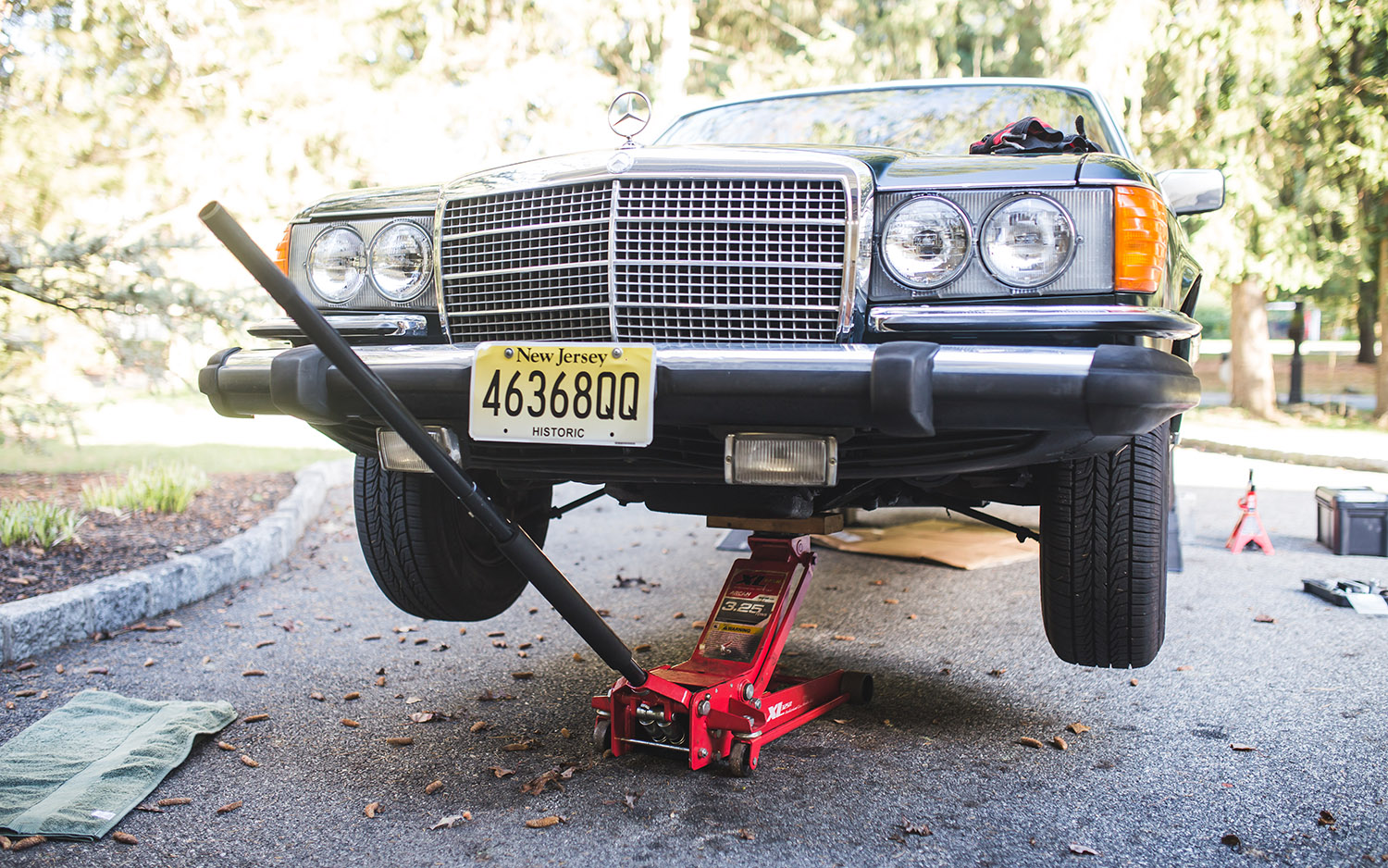 Before starting the process, you will have to raise the car from ground level.
Before starting the process, you will have to raise the car from ground level.
That is especially important if you are going to replace a testing hose on your own. For this purpose, you can use steel stands or a hydraulic jack system.
Once the car is lifted, you can quickly identify the position of the power steering hose.
Expert Tip:
Make sure you allow the car engine to cool down first. The steering fluid in the car is highly volatile and catches flame quickly. A hot engine can cause a fire explosion during the replacement process.
2. Pinpoint the Power Steering Pump
Once you have lifted the vehicle, you need to spot the steering hose fluid reservoir. This reservoir is usually present near the power steering pump. In other cases, it may also be somewhere near the engine.
Find out the point of connection of the steering hose to the fluid reservoir and steering pump. There will probably be nuts present there for this connection.
In most cases, there are two power steering hoses present near the pump and the reservoir. If necessary, you can check the buying guide and manual for more information.
3. Remove the Old Steering Hose
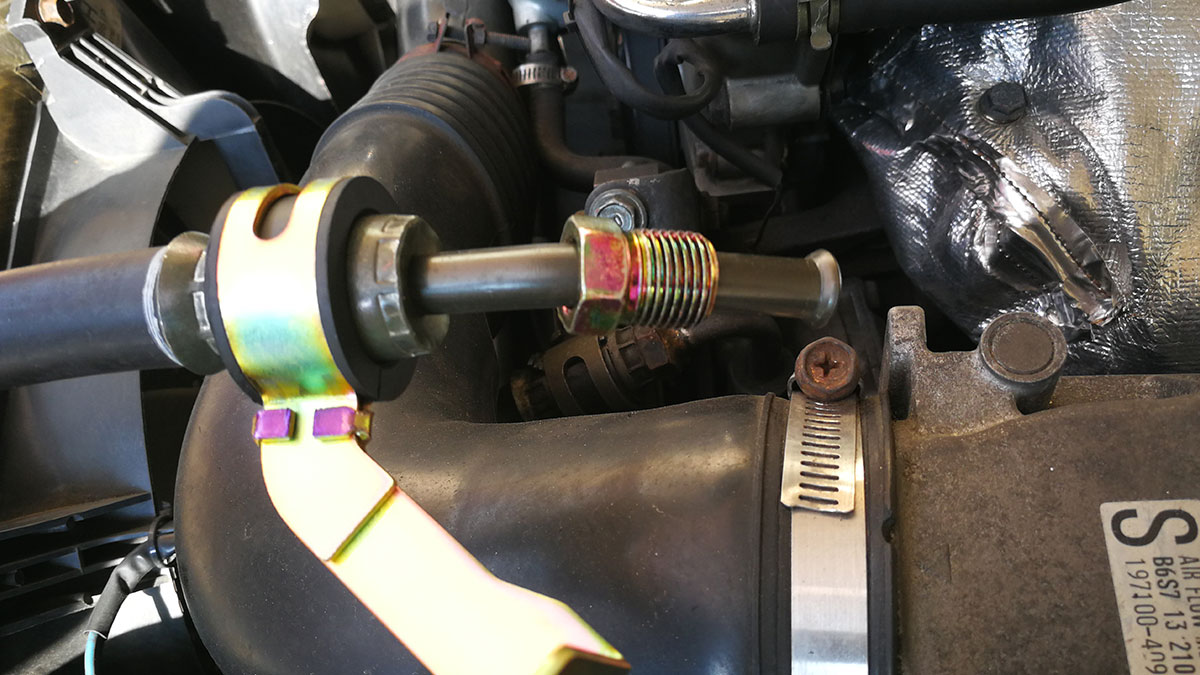 The next thing you need to do is disconnect the end of the pump near the control valve. You can use a wrench and rotate it in an anticlockwise direction to unfasten the nuts.
The next thing you need to do is disconnect the end of the pump near the control valve. You can use a wrench and rotate it in an anticlockwise direction to unfasten the nuts.
Place a bowl or container below the valve to collect any fluid that may be leaking.
Once you’ve successfully removed the steering hose, you can attach a new one to your vehicle.
The steps below illustrate how you can remove an old or leaking high-pressure power steering hose. Once the hose is removed, you can safely mount a new hose to your vehicle.
4. Mount the New Hose
In this step, you have to mount the new power steering hose on the car.
For this purpose, first, place the new hose on the power steering pump.
Then connect the lower hose by using a long spanner to fasten the nuts.
As we said before, there are two hoses working in a high-pressure power steering.
You may need a screwdriver to connect the clamp with the hose. The clamp will add extra strength to the attachment of the power steering hose.
5. Fill the New Fluid
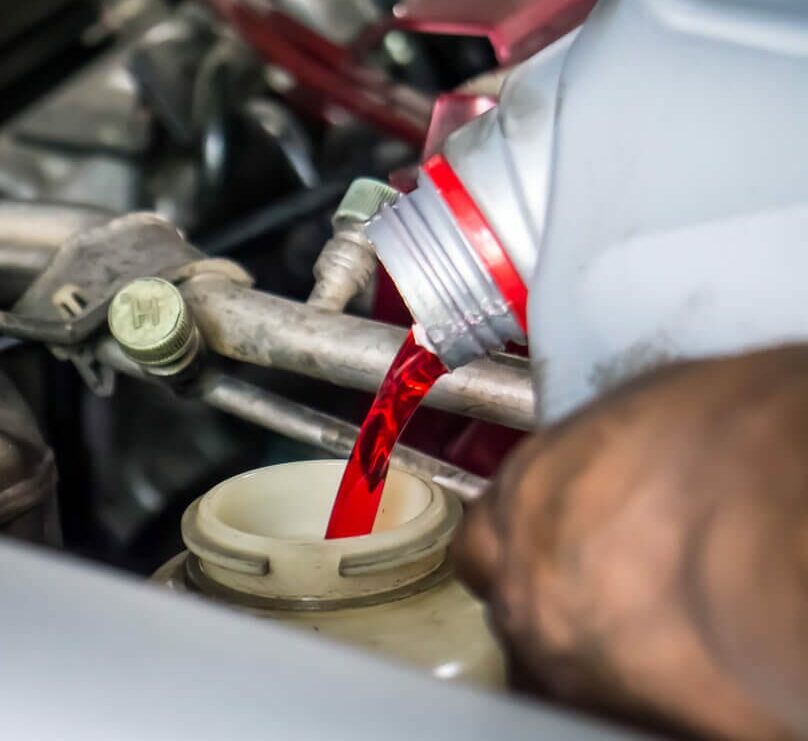 A lot of fluid is wasted in the replacement of a high-pressure power steering hose.
A lot of fluid is wasted in the replacement of a high-pressure power steering hose.
Once you’re done with the replacement, you have to replace the fluid in the reservoir. It will be useless to change the hose without adding more fluid to the power steering reservoir. That is because the pressurized steering liquid is responsible for the steering mechanism.
Filling the reservoir with more fluid also allows it to maintain pressure inside the steering hose.
Simply unmount the dipstick from the fluid reservoir and pour more steering fluid in it using a funnel. You can most likely locate the dipstick at the rear end of the power steering hose. Look for the level of steering fluid on the dipstick and fill the reservoir accordingly.
6. Check the Steering Mechanism
Once you’ve filled the reservoir with fluid, rotate the steering wheel in both a clockwise and anticlockwise direction.
If the steering feels smooth, turn on the engine. Do not turn the engine on before you check the steering wheel.
Keep a check on the level of fluid showing on the dipstick. If the liquid level is lower than the maximum, add some more to the power steering fluid reservoir.
Similarly, do not overfill the reservoir with fluid more than the upper level.
Power Steering Pressure Hose Assembly
 Specification:
Specification:
Manufacturer: Saihisday
Part Number: 53713-SHJ-A01
Item Weight: 1.65 pounds
Size: 53713-SHJ-A01
Item Package Quantity: 1
Conclusion
The replacement process doesn’t take more than 10-15 minutes. You can do it fairly quickly with the help of a mechanical toolkit.
We hope the above how-to guide made it easy for you to replace a high-pressure power steering hose. If you follow the steps carefully, you can change the hose on your own without a mechanic’s help.
